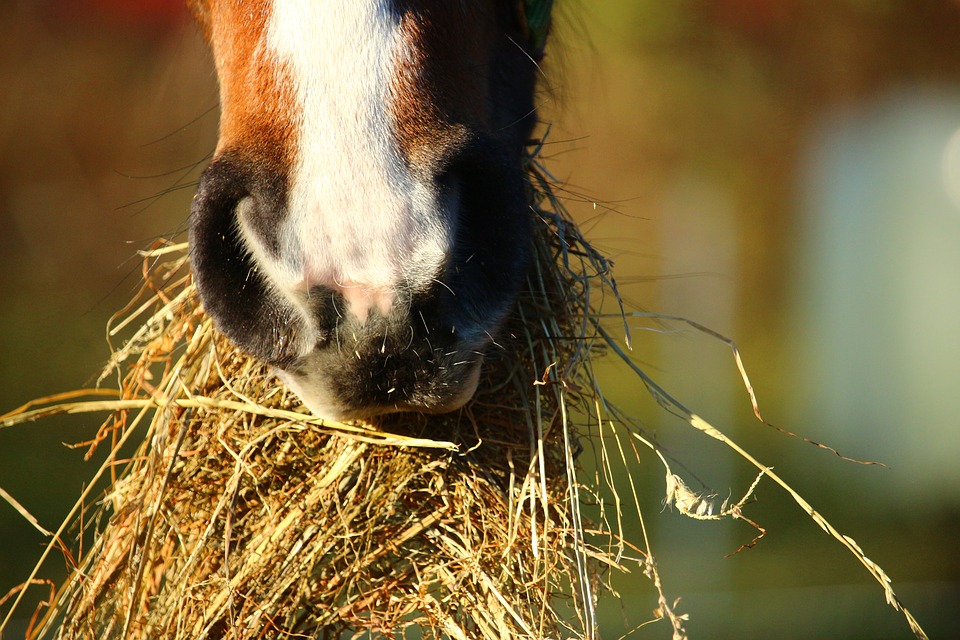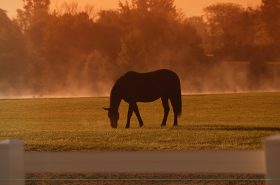There’s a lot of talk about gastric ulcers in the horse world, and for good reason.
Some studies have shown that as much as 90% of race horses, 70% of endurance horses, and 60% of show horses are affected by this condition at some point in their lives. The way we manage our horses is a huge factor associated with this condition. Unfortunately, equine ulcers are a manmade problem, but as such, we have the power to prevent them and also help our horses to heal.
Your horse may develop ulcers if any of the following management practices occur regularly:
- stall confinement
- high-grain diets
- strenuous exercise (especially on an empty stomach)
- long periods where horse has no access to forage
- hauling
- overuse of NSAID’s like bute and banamine
Though ulcers are fairly common in horses, they aren’t as easy to diagnose as one might think. In fact, not all horses show outward symptoms. However, several signs are associated with the condition, including the following (listed from mild to severe):
- change in appetite
- weight loss
- poor athletic performance
- poor hair coat
- irritability (especially when being groomed or saddled)
- anorexia
- colic
- teeth grinding
- excessive salivation
- dorsal recumbancy (lying on back)
The only definitive way to diagnose gastric ulcers in horses is to have your veterinarian perform a gastroscopy, a procedure in which a tube with a camera is inserted through your horse’s nose and into their stomach. If your horse is diagnosed with ulcers, the vet may prescribe medication, but changes in your horse’s management and feeding program are essential for fully eliminating the problem.

The American Association of Equine Practitioners (AAEP) lists these tips for gastric ulcer prevention and/or treatment:
- Allow free-choice access to grass or hay;
- Feed smaller, more frequent meals;
- Decrease or eliminate grains (especially sweet feed) that form Volatile Fatty Acids (VFA’s); and
- Decrease stress caused by isolation of stalled horses by having other horses nearby and visible.
One way to ensure your horse has near-constant access to forage is by using a slow feeder. With gastric ulcers, an ounce of prevention is definitely worth a pound of cure!
**
Casie Bazay is a freelance and young adult writer, as well as an owner/barefoot trimmer and certified equine acupressure practitioner. She hosts the blog, The Naturally Healthy Horse, where she regularly shares information on barefoot, equine nutrition, and holistic horse health. Once an avid barrel racer, Casie now enjoys just giving back to the horses who have given her so much. Follow Casie at www.casiebazay.com.



